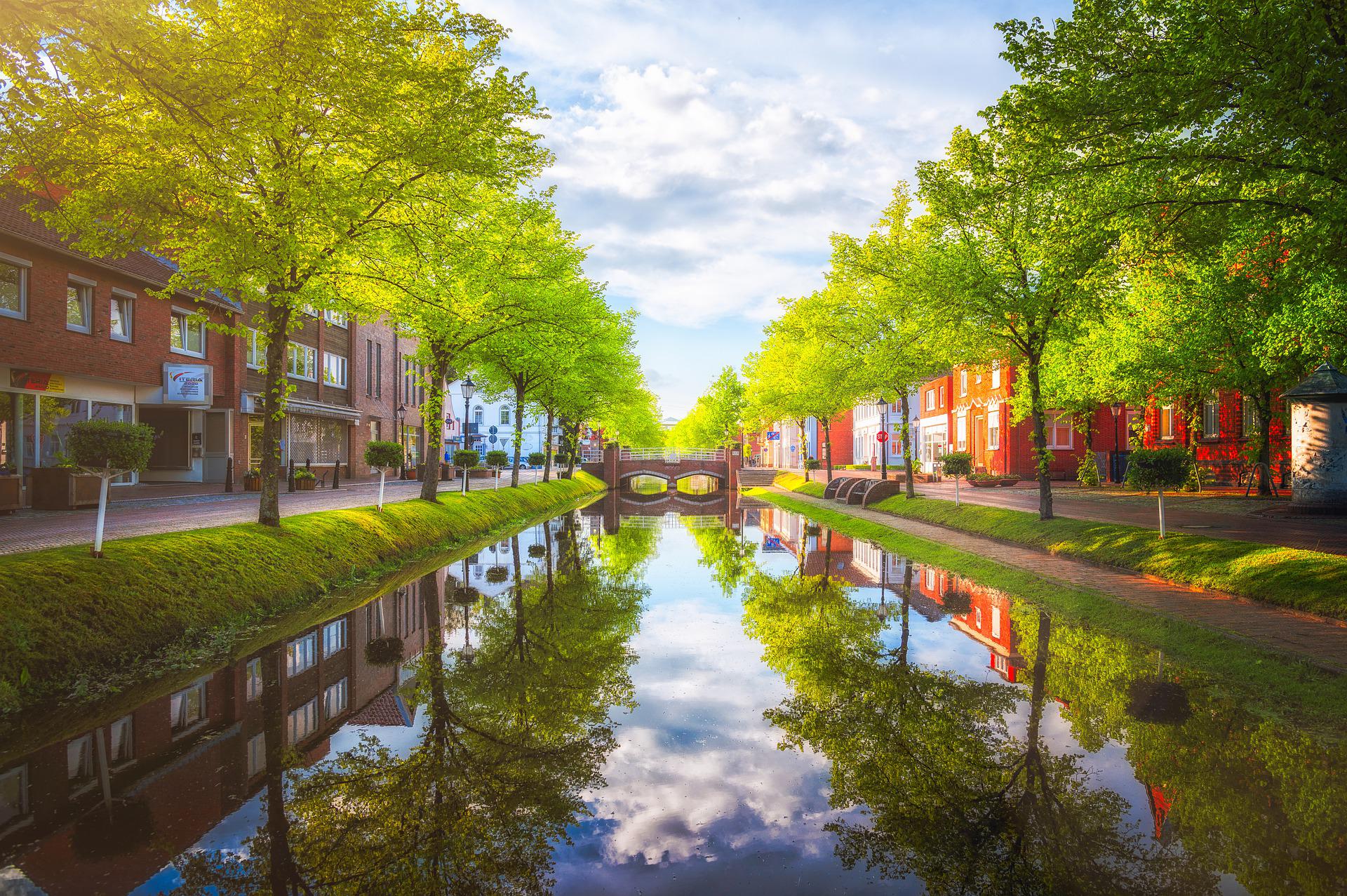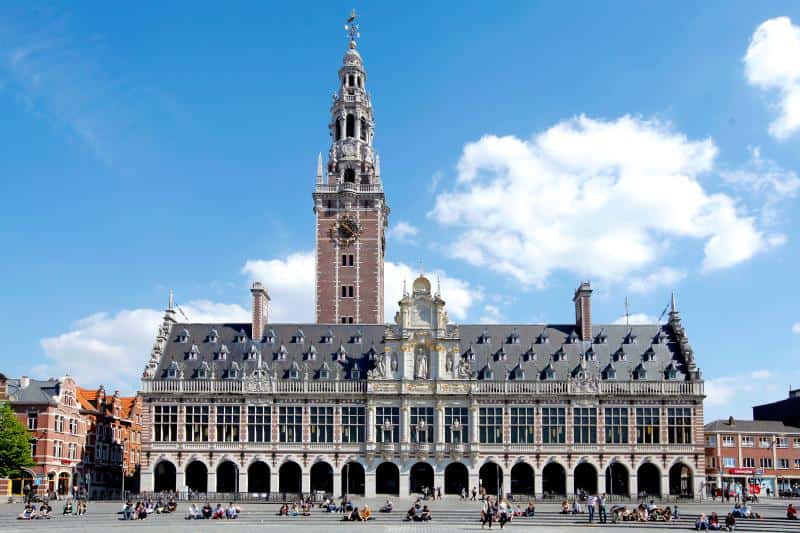
A green environment is spontaneously associated with positive health effects. Scientific research has already linked the presence of trees in the living environment to positive effects on respiration, cardiovascular health, sleep, informs KU Leuven in a press release.
Many previous studies used satellite images, tree registers, or even Google Street View to map green spaces.
“That doesn’t give a very reliable picture of the type of greenery in the living environment”, says researcher Dengkai Chi. “It is sometimes difficult to distinguish grass from bushes or trees on satellite images showing how ‘green’ a landscape is. And on Google Street View, you don’t see how much green is hidden in private gardens. That’s why we used aerial images based on the LiDAR technique.”
That technique, combined with a unique algorithm for data processing, enables the creation of a very detailed 3D image of the trees in an urban environment. That way, the study could identify 616,379 trees for the entire Brussels Region, determine of the size of their crowns, and quantify the number of trunks in a given area.
Effect on health
In a second phase of the research, detailed information on trees in Brussels was compared to data on sales figures of medicines. Records of the National Health Insurance Service (IMA-AIM) made it possible to uncover links between urban green and sales figures of prescribed and reimbursed medication for cardiovascular diseases on the one hand, and mood disorders on the other. The study also took into account socio-economic factors that often have an influence on the characteristics of the residential environment and on sales figures of medication. Affluent neighbourhoods are more likely to be green, for instance, and socio-economic status strongly determines cardiovascular health. These factors were included in the statistical analysis.
The patterns discovered by the research are quite surprising. On the one hand, there is a connection between the presence of high crown volumes and a lower use of the medicines under study. But on the other hand, the strength of that link diminishes if the high crown volumes correspond with many small trees.
Mature trees bring more positive effects
The research results suggest that, from a health perspective, preserving old, large trees in an urban area makes more sense than planting ten new young trees.
“That is an important insight for urban planners and property developers”, says Professor Raf Aerts (KU Leuven, Sciensano). “Now, an old tree that’s standing in the way is cut down with little hesitation. People often argue that the plants will be compensated by new plants. But the positive effects of such a mature tree, on humans too, are clearly greater than expected. That is something to bear in mind when undertaking projects in urban settings.”

Selected for you!
Innovation Origins is the European platform for innovation news. In addition to the many reports from our own editors in 15 European countries, we select the most important press releases from reliable sources. This way you can stay up to date on what is happening in the world of innovation. Are you or do you know an organization that should not be missing from our list of selected sources? Then report to our editorial team.







